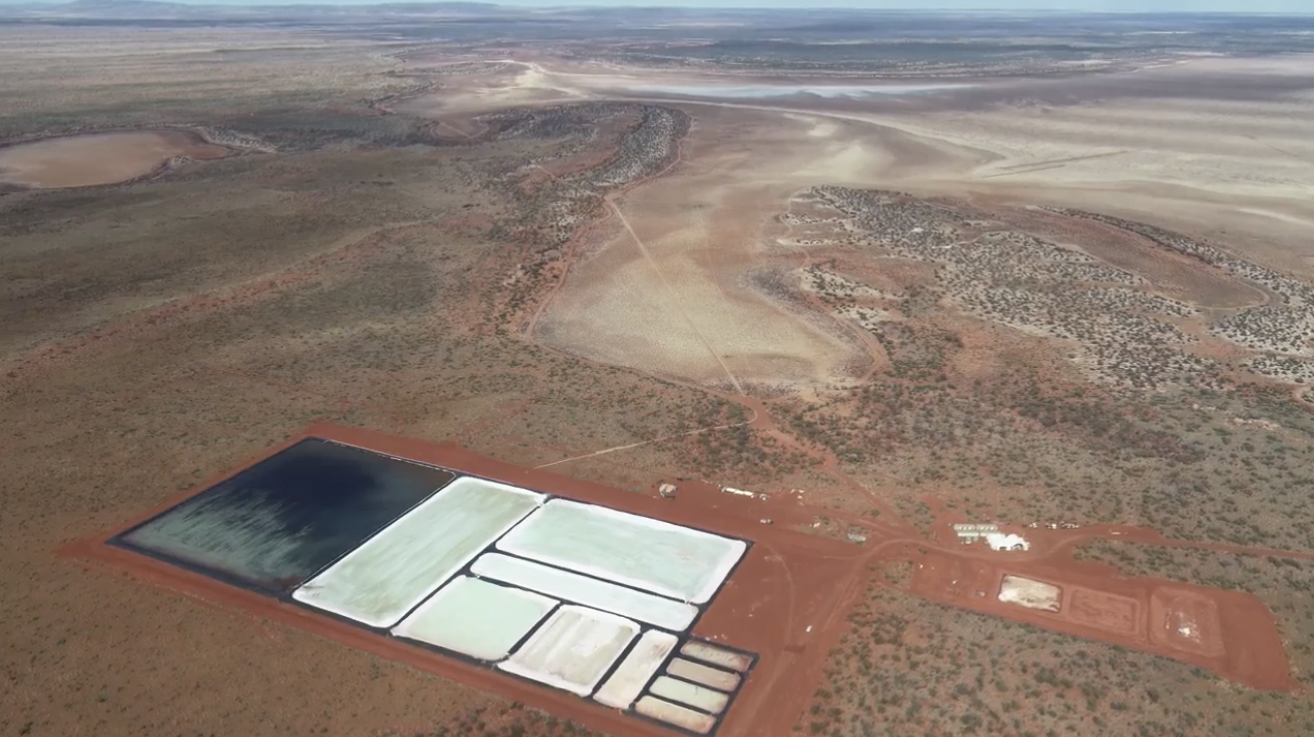WESTERN RESOURCES CORP., the Vancouver-based company that engages in the business of acquisition, exploration, and development of potash mineral properties, has announced that its Regina-based subsidiary Western Potash Corp. completed a Collaborative Project Planning Session with its key contractors and staff to officially kick off the restart of the Milestone Project in order to complete the process facilities and solution mining development. Key Project representatives participated in a workshop style planning session in Regina to review and gain alignment on key aspects of the project timeline and readiness for start-up, leading into the full ramp up of operations which is expected to happen in mid 2023. The kick off planning session was attended by Western executives and staff and more than 30 people from several different key organizations, each with an instrumental role in the project, including Bird Construction and March Consulting. Also participating were representatives of Vantage Chance Limited and Appian Capital Advisory LLP, each of which recently closed a financing deal with Western. Areas of key focus included cavern development, execution of the construction program and operational readiness, including commissioning, start up and permit readiness.
GENSOURCE POTASH CORP., a Canada-based fertilizer development company, has announced that its strategic investor and offtake partner, HELM AG and its subsidiary HELM Fertilizers, has furthered its commitment to the company’s potash project located near Tugaske, Saskatchewan. In the context of soaring fertilizer prices and constrained supply, particularly with respect to potash, the company is pleased to have a partner that has the strategic vision to see the value proposition in Gensource’s business model. Based on the preliminary agreement, HELM and Gensource plan to double the overall potash production capacity of the Tugaske Project, from 250 000 tpy to 500 000 tpy, under a second phase of the Tugaske Project (Phase 2) by adding a second module to the Tugaske Project. Moreover, HELM has committed to guarantee a CA$ 12,500,000 contingency account for the Tugaske Project, as is required by the bank syndicate of KfW IPEX-Bank and Société Générale in connection with the Company’s anticipated and previously announced debt financing. Gensource is excited to provide further update details in the near future.
NUTRIEN, a Canadian fertilizer giant based in Saskatoon, Saskatchewan, has announced that it plans to increase fertilizer production capability in response to structural changes in global energy, agriculture and fertilizer markets. The company is accelerating the ramp-up of its annual potash production capability to 18 million t by 2025 in response to the uncertainty of supply from Eastern Europe. This represents an increase of more than 5 million t, or 40%, compared to production in 2020. The acceleration pathway is through existing low-cost capacity that is unmatched in the industry and supported by world-class global logistics infrastructure. The incremental production capability is expected to be added at a similar annual pace to the additions over the past two years. Furthermore, Nutrien is advancing previously announced brownfield expansion projects that are expected to add approximately 500 000 t of capacity by the end of 2025 and further enhance the energy efficiency and product mix of our plants. The company is also evaluating the potential for additional low-cost brownfield expansion and emissions reduction projects with a final investment decision expected over the next 12 months.
AUSTRALIAN POTASH LTD, the Perth-based company that engages in the exploration of mineral properties in Australia, has updated its flow modeling outlines with potential for increased production from brine at the Lake Wells Sulphate of Potash Project (LSOP). Further to an earlier released Front End Engineering Design (FEED) study, analysis of results from recently completed brine supply bores on the LSOP demonstrates evidence of increased brine grade and sustainable pumping rates within the bore-field. Updating the hydrogeological flow model with this data indicates the potential to increase the annual production of sulphate of potash (SOP) from the LSOP from 120 000 tpa shown in the FEED study to 135 000 tpa (an increase of 15 000 tpa or 12.5%). Additional improvements realized in the recent modeling also indicate that 89 supply bores will be suitable for life-of-mine (LOM) operation, whereas the original FEED development model had 172 bores over the LOM, a 48% reduction in installed bores. “We continue to apply a rigorous de-risking methodology to the development and operational strategies at the LSOP, including crucially in the fundamental brine abstraction (mining) process,“ Managing Director and CEO, Matt Shackleton, commented. “The financial implications of these results are being worked through, but less bores means lower initial capital cost and lower sustaining capital costs which we reasonably anticipate will flow through to the LSOP’s financial outcomes. Updated financial modeling will be announced to ASX as soon as it is available.”




